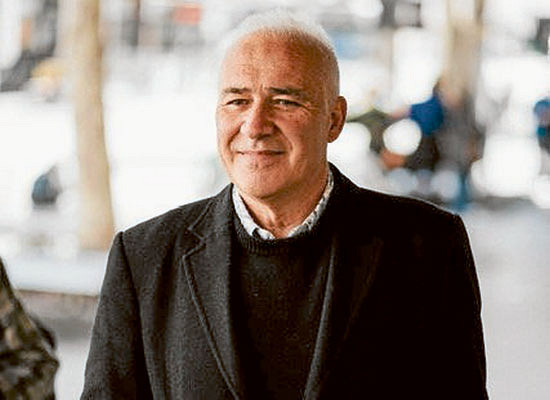Broadband, Political Will And Community-Wide Dialogue…
Community wellbeing…Councils working WITH ratepayers
August 16, 2007Emerging business opportunities in renewable energy
August 20, 2007“Australia has all but lost the race to develop really fast broadband in the Asia Pacific,” says Leith Campbell British telecommunications expert. “While Asian countries are burning up the telecommunications roads, Australia appears to be fiddling…the political will to invest in fibre to the home is missing.”
I am concerned that a government-chosen panel of bureaucrats and businessmen will decide ‘some time after the election’ how urgent it is that Australia should have a national fibre-optic broadband network.
There is a question about sufficient investment to take fibre optic cabling not just to street corner nodes (FTTN), but all the way to homes (FTTH)…’homes passed is not the same as homes connected’.
‘Fibre’ connections around the world
- By the end of 2009 the world will have about 13.8 million households directly connected to the internet by optical fibre cables;
- 82 per cent will be in the Asia-Pacific region, mainly Japan, South Korea and Taiwan, with similar development now under way in Singapore, Hong Kong and Malaysia;
- speeds of 100 megabits per second, sometimes more than 500 mbps will be general.
In Oz
The broadband speed available to Australian home owners can be as low as 256 kilobits per second although 1 mbps or so is becoming more common for users within a few kilometres of Telstra telephone exchanges.
“If we all want the line rates currently delivered to office desktops – namely, 100-1000 mbps, then a fibre to the home (FTTH) network will be required,” says Leith.
- Telstra and the Optus-led G9 consortium have each proposed FTTN fibre optic networks, but have said investment cannot go ahead without radical regulatory changes.
- The panel’s report is unlikely to be ready before mid-2008. Building a network could take four years beyond that.
- “It is to some extent a chicken and egg situation,” says Leith. “Services don’t develop until the network is built and customers have signed on.”
It is becoming blindingly obvious…
In PWF’s Fast and CHEAP Broadband for all? we refer to SCIPS (State and Community Partnering Solutions) and to regional economic development investigations that indicated:
- The entire process was getting distorted because of what should have been blindingly obvious – carriers will not provide required or desired infrastructure and cannot be expected to assume economic development responsibilities.
- Connectivity and bandwidth are indicators of efficient, competitive models in the global marketplace and communications infrastructure is an economic development task like road, rail, water etc…a task for government and possibly community enterprise.
SCIPS And Fibre To The Home At Aurora Win National 2007 Awards
The City of Whittlesea, in Victoria, won two of the largest national awards for delivering broadband excellence to its community at the 2007 ATUG (Australian Telecommunications Users Group) Awards.
“Aurora was launched last year by VicUrban, the Victorian Government’s sustainable development agency and includes fibre optic cabling to approximately 8,000 homes.
Mark Allan, VicUrban General Manager Project Planning and Design said “The awards recognise the pivotal role the Whittlesea Council played in setting the right conditions for VicUrban to deliver advanced broadband solutions.”
“The foresight and support of the City of Whittlesea was critical to the success of the project,” said Mark…
One of the challenges developers face in trying to implement fibre to the home is that infrastructure such as conduits and pits need to go under roads and footpaths usually owned by Councils. The partnership between the City of Whittlesea and VicUrban allowed the infrastructure to be installed at the cost of the developer without requiring Council to fund ongoing maintenance – that obligation is met at Aurora by the underlying service provider.”
What If…???
Dialogue between local government and diverse community members could cast a new light on broadband solutions, as in Whittlesea and Albury, and feed ideas and information to the government-appointed panel.
What if Councils hosted community-wide discussions – with all stakeholder groups represented – over the next 6 months in all local government regions, feeding info into ATUG, DCITA (Dept of Communications, Information Technology and the Arts) and the media ?????
WE, the consumers, would learn what’s going on and could become informed advocates, and our esteemed decisionmakers might learn something too!

